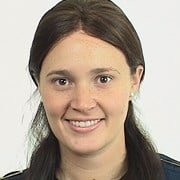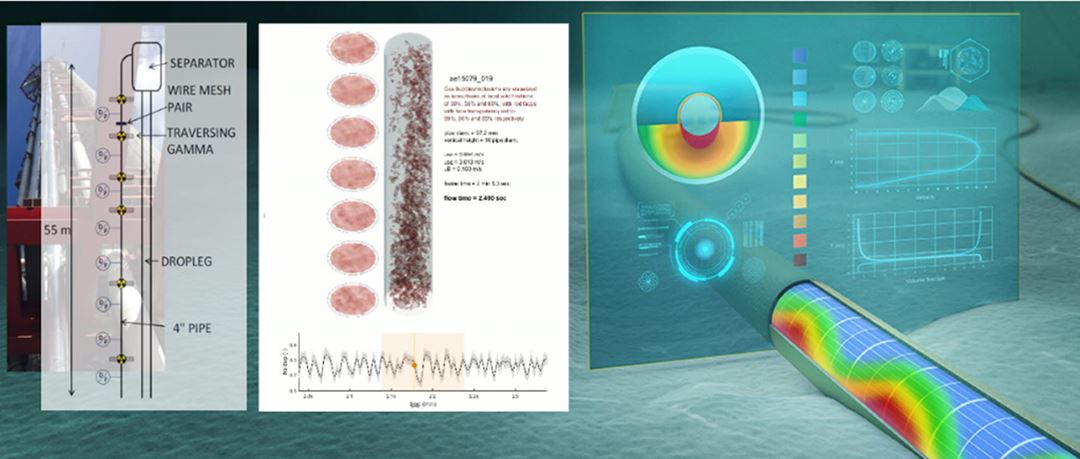- Reliable predictions of pressure loss and liquid content in vertical flows under stationary conditions for all types of flow regimes and under transitions. Understanding and subsequent modeling of churn flow will be given special attention.
- Accurate predictions of the onset of liquid accumulation in wells, thereby expanding their lifetime.
- Realistic predictions of highly transient/developing flows in wells and risers.
Current vertical flow models are largely based on rough correlations which are not expected to scale well beyond their calibration domain. Consequently, these models are expected to be inaccurate under conditions that deviate from available validation data. A more physically correct model is believed to provide more accurate predictions and better scalability.
In order to achieve the above, this project includes a unique experimental campaign at relevant industrial conditions: large pipe diameters and high pressure. At present, no simulation tool has access to such a pool of large-scale validation data. By having this access, LedaFlow(TM)will offer far better scalability and accuracy than any other commercial software in the market.
New models in LedaFlow(TM) that are based on laboratory data from industrial scale and conditions will give extremely valuable operational knowledge, as well as ensure a reduced uncertainty in flow assurance predictions.
The end users will benefit from this project as it will allow for a significant reduction of risk and for cost effective design and operation of wells and risers.
The project objective fits very well with the top priority in OG21-TTA4:" Fundamental knowledge on multiphase pipeline flow and flow assurance"
Related publications:

The project is funded by the Research Council of Norway

